Search
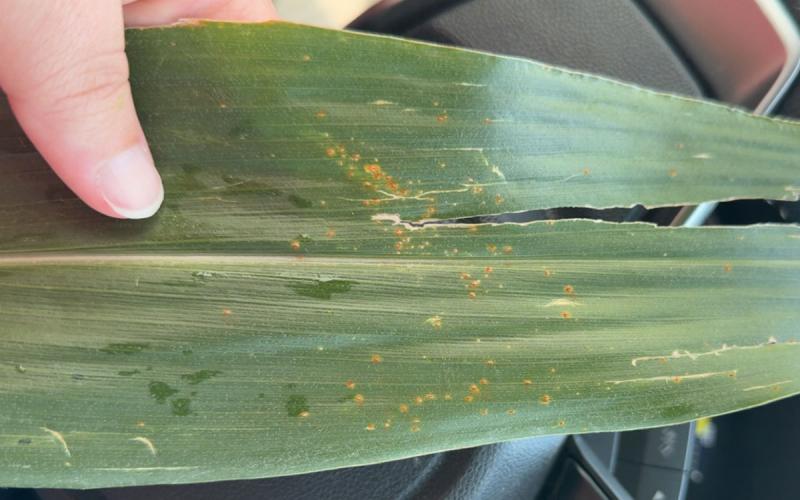
Southern Rust Observed in South Dakota Corn Fields
Southern Rust was recently confirmed in South Dakota corn fields. Yield impacts from Southern Rust can be high, so scouting for the disease is highly encouraged to determine if it is present.
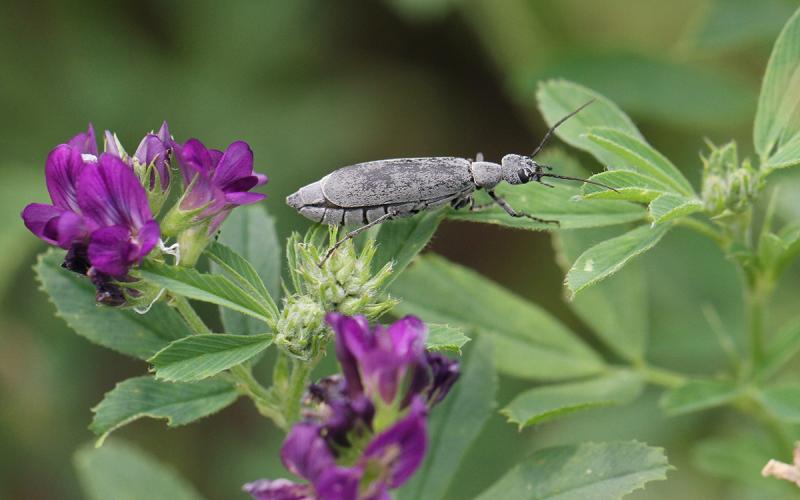
Watch for Blister Beetles in Later Alfalfa Cuttings
The frequent rain events experienced this summer has helped boost forage production. Although this is great for growers, the possibility of encountering blister beetles at harvest increases later in the summer.
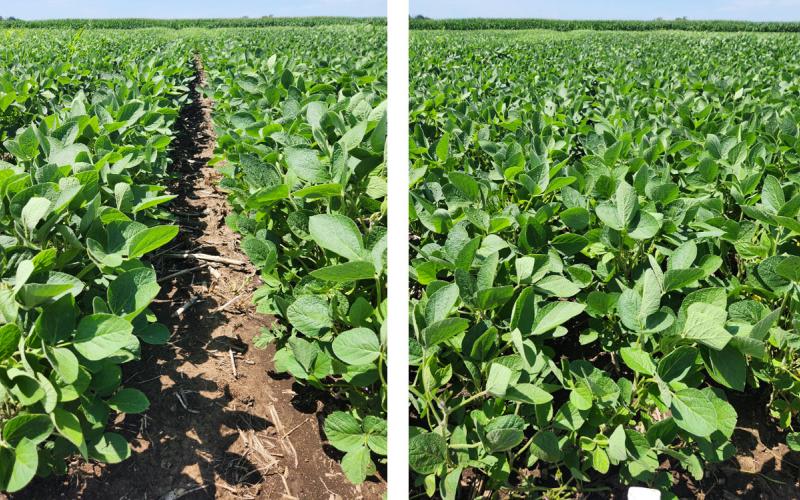
Strong, Effective Herbicide Programs Can Be Complimented With Narrow Row Spacing
While strong herbicide programs will result in effective weed management, a cultural tactic, such as row spacing can result in a complementary increase in effectiveness.
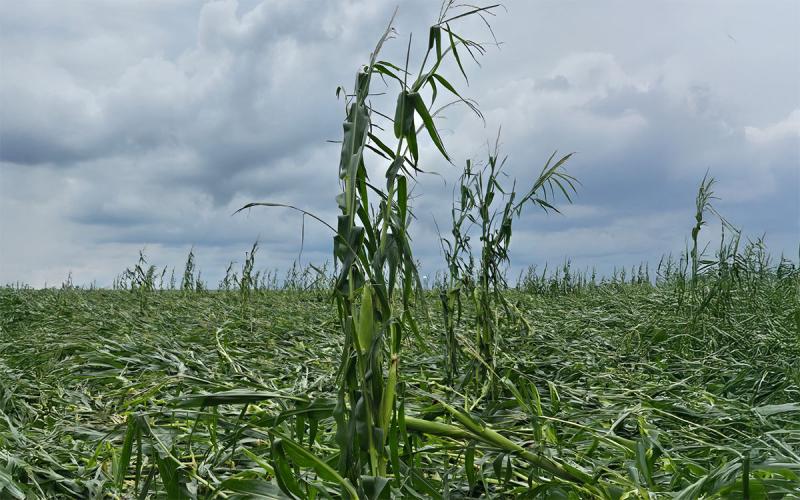
Are Fungicides Needed On Hail-Damaged Crops?
Recent storms brought rain, severe wind, and hail. With the hail and wind damage that occurred, many growers are wondering if a fungicide application is needed to protect their hail or wind-damaged crops.
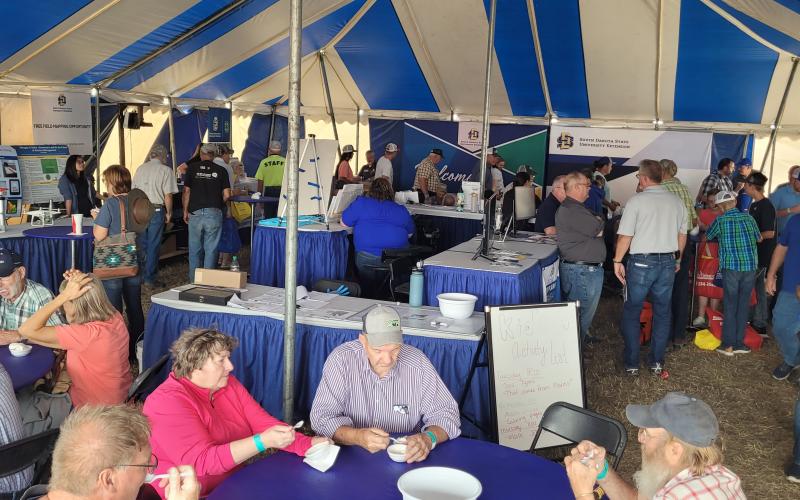
SDSU Extension experts to attend 2025 Dakotafest
August 06, 2025
South Dakota State University Extension experts will attend the 2025 Dakotafest trade show in Mitchell, providing educational resources and hands-on activities for a variety of topics.
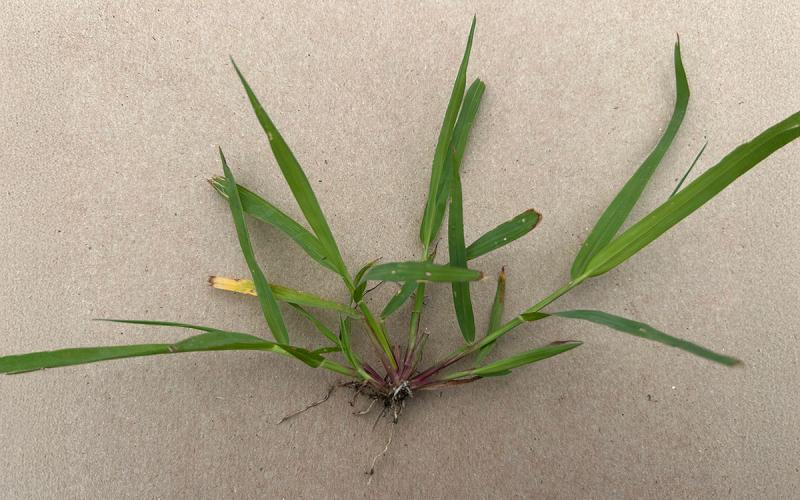
Late-Season Crabgrass Control
At the start of August, crabgrass is often prevalent in lawns. Ideally, this weed should be controlled earlier in the season, but if early management was missed, a post-emergence herbicide can help control it before it produces more seed.
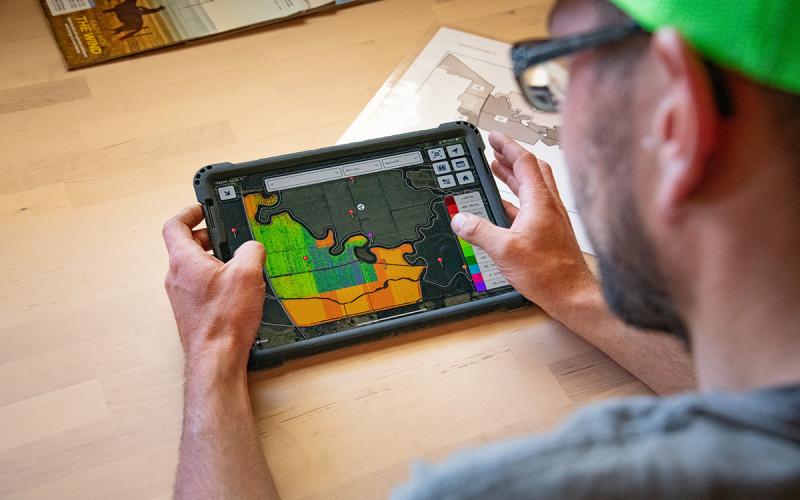
Cybersecurity Planning: Securing the Future
With reliance on digital technologies, precision agriculture requires securing data and implementing key strategies to safeguard digital assets and maintain operational integrity and confidentiality.
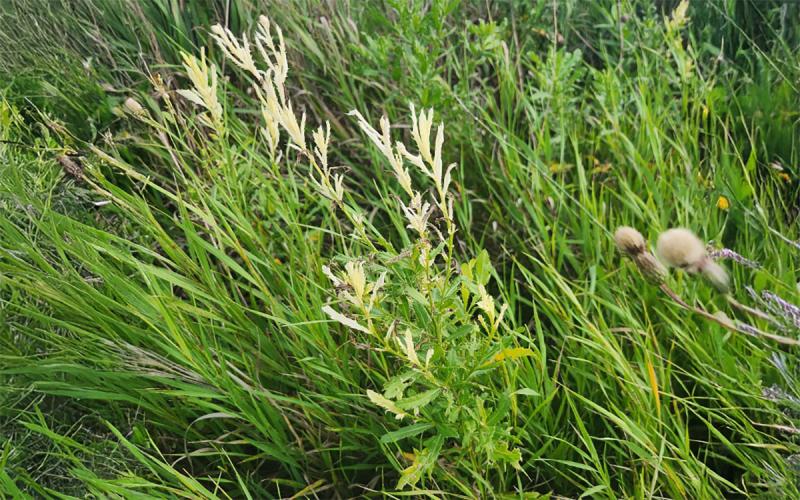
White Thistle Disease: Biological management at work
White thistle disease can be seen among many Canada thistle plants throughout South Dakota this growing season. Plants infected with the disease exhibit significant reductions in both growth and seed head compared with non-infected plants.
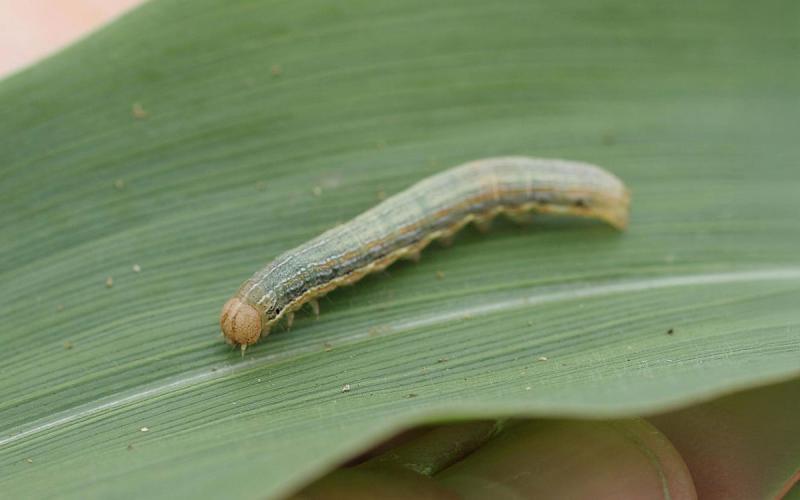
Reports of Pyrethroid Failures for True Armyworm Caterpillar Management
True armyworm caterpillars reached thresholds in oats and wheat in many areas of South Dakota recently. Management efforts to reduce populations had varying levels of success, with SDSU Extension receiving numerous reports of pyrethroid insecticide failures.
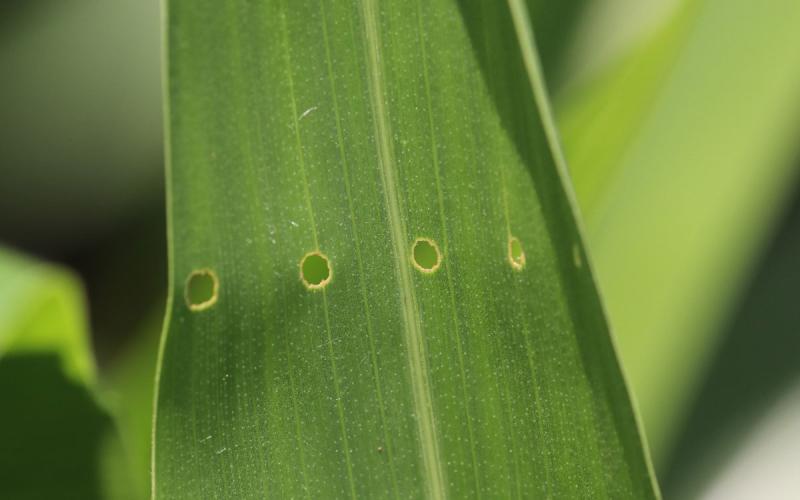
European Corn Borer Caterpillars Infesting Conventional Corn in South Dakota
European corn borer caterpillars have been observed in conventional corn at several South Dakota locations. Indicators for the presence of European corn borer caterpillars in corn are a line of straight holes in the upper leaves that is often referred to as "shot-hole injury."